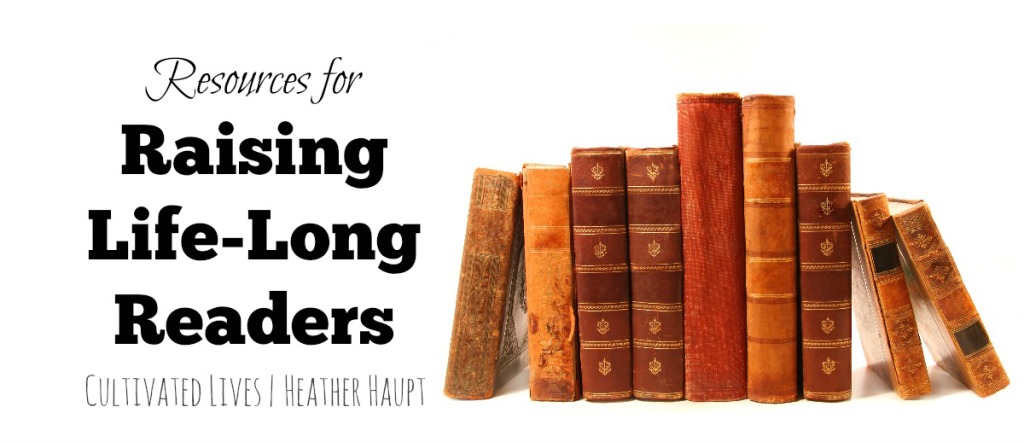
It was so much fun talking with you all about raising life-long readers at the convention. Here are a few resources for you to explore this topic more in-depth.
Creating a desire and maintaining opportunity for reading is a priority: How do we do this?
Model it! If we want our children to read, we need to be reading ourselves. I’ve been freshly convicted of that in recent years and compiled my 2014 Reading list that I share here.
Read-Aloud! Find more ways to read-aloud to your children. The benefits are amazing!
* Seven Benefits of Reading Aloud
* How to Cultivate Read-Aloud Time
* Tea-time Talk and Popcorn Reading – ideas to incorporate more read-aloud time during afternoon lull’s.
* Sweet-Rewards of Reading {Some fun hands-on ideas to add some spice to your read-aloud time}
* Narration Cube: This printable provides a fun way to talk about the elements in the book you are reading!
Provide Good Books
* Books: When to Borrow, When to Buy
* Books to Build a Boys Faith
* Books to Build a Girls Faith
* The Wonder of Wordless Books
* Archives of blog posts about Children’s books we’ve read!
Books with Book Lists
* Honey for a Child’s Heart < love this resource!
* The Read-Aloud Handbook
* 1,000 Great Books – sorted by reading level
* SimplyCharlotteMason book finder database
My Books, Books, Books Pinterest board.
Limit Distractions
How to Waste Brain-Boosting Opportunities: The Effects of Too Much Screentime
I’ve pinned many articles and resources to my ScreenTime Balance pinterest board.
Reading Readiness
>> Reading Readiness Activities << Here’s the handout that we told you about! Download this list of ways to help your Pre-reader and Emerging reader be set to make the leap into fluent reading.
Teaching Our Children to Read, Write and Spell: A Developmental Approach. Written by a Behavioral and Developmental Pediatritian. She explains how the brain is wired and what needs to be in place for reading readiness and decreasing risks of later learning/reading problems.
Why Johnny Doesn’t Like to Read – Interesting article on the pitfalls of the whole language (meaning-based or sight word reading) approach.
Dyslexia and the Connection to Whole-Language Instruction. Many programs under the guise of ‘including’ phonics still have a lot of whole word instruction and have children memorizing lists of sight words. This excellent article calls for a return to extensive, intensive phonics and avoiding confusing the brain with sight reading.
Reading Comprehension: Constructing vs. Extracting Meaning ~ An article which makes the case for explicit over implicit phonics instruction.
Recent research showing no advantage to early reading instruction.


